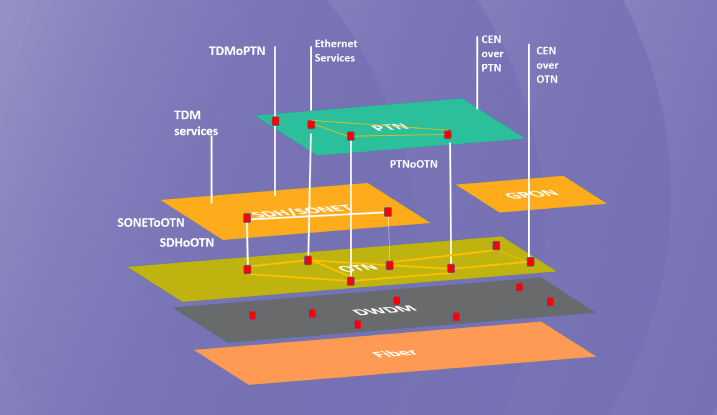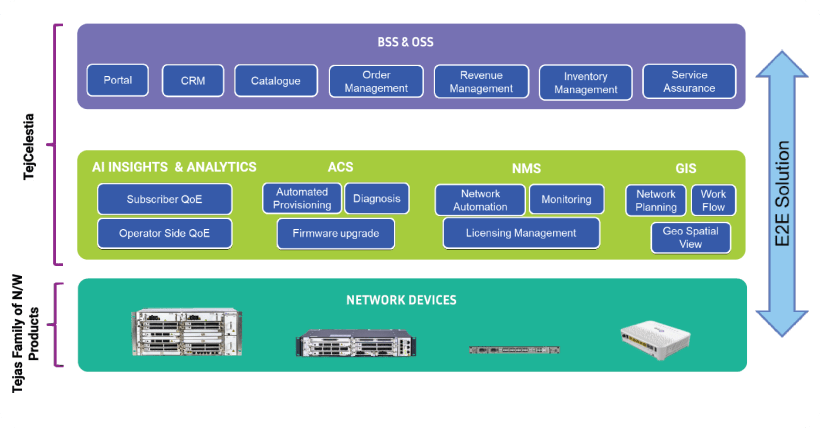Network Management
Elevate your network efficiency with the Tejas Network Management Solution. Experience a pay-as-you-grow architecture and unified SDN-ready management, coupled with customised analytics and ACS allowing simple point-and-click provisioning with full FCAPS functionality.
- Home
- Products and Solutions
- Network Management





